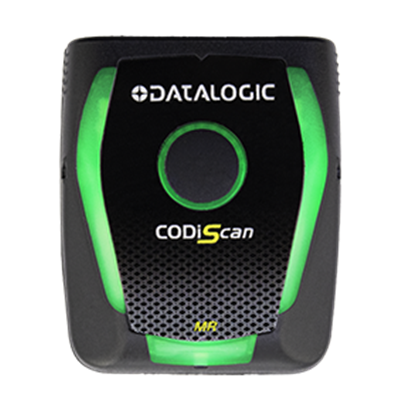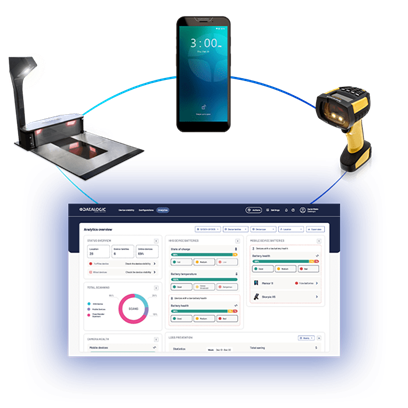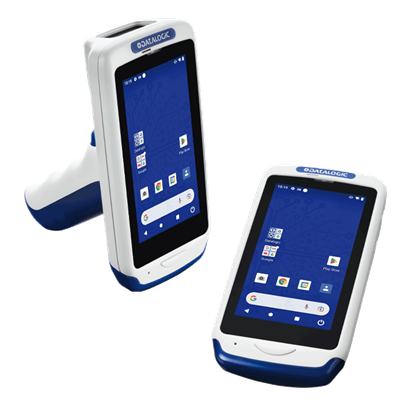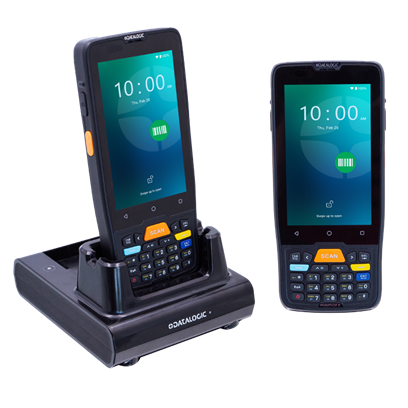Inventory Management
Inventory Management
INVENTORY MANAGEMENT TODAY
Inventory Management is a systematic approach to sourcing, storing, and selling inventory—both raw materials (components) and finished goods (products). In business terms, inventory management means the right stock, at the right levels, in the right place, at the right time, and at the right cost as well as price.
Retailers have been under pressure in recent years to adopt new technologies that will make them nimbler and enhance the customer experience. They need to meet shopper demands for the convenience to switch between online platforms and brick and mortar stores – sometimes for the same transaction – to complete a purchase.
Inventory management plays a key role in delivering an exceptional and seamless customer experience. In today’s retail environment, customers can make a purchase inside a physical store or virtually from any location using a variety of channels and expect product to be readily available for shipment.
Without accurate, real-time visibility of their inventory, companies are at constant risk of carrying either too much, or not enough stock to meet customer demand. Either problem can present significant challenges and have a knock-on effect throughout the supply chain and ultimately on customer satisfaction.
To support the rising demands of omni-channel fulfillment, retailers rely on Datalogic solutions to implement best practices and optimize product delivery from a multitude of inventory locations within their enterprise.
DATALOGIC’S ROLE IN INVENTORY MANGEMENT
Datalogic’s handheld mobile computers, industrial imagers and scanners keep inventory accurate while providing useful business intelligence data for future planning and operations.
Inventory management tasks, including receiving, stocking, cycle counting, and restocking, are completed effectively and efficiently using devices that are built to survive warehouse environments without causing worker fatigue. Datalogic plays a critical role enabling companies to optimize their inventory activities in various situations:
- Warehouse inventory management
This is a fast-paced and rugged environment that demands up-to-the-minute accuracy for maximum efficiency and profitability whilst challenged by the need to fulfill orders even faster. Datalogic handheld mobile computers and industrial imagers and scanners keep inventory accurate.
- Reverse Logistics
E-commerce has altered the number of returned products that Retailers must handle. Datalogic offers several systems based on Stationary Industrial Scanners.
- Inventory
Operations require retail staff to execute various tasks to manage inventory. Price checks, mark downs, stock check, replenishment, order picking, and more are all completed effectively and efficiently using Datalogic mobile computers and handheld scanners.
- In-Store Online Order Fulfillment
Physical stores are now serving as micro-fulfillment sites to satisfy their growing customer demands. Using in-store inventory is the quickest, most cost-effective way to fulfill those orders but rather than using time-consuming manual processes, stores equip employees with ruggedized mobile PDA devices with large screen displays to pick, scan and package items for pickup. These types of mobile devices not only accelerate the fulfillment process but also update inventory systems in real-time for e-commerce sustainability.
THE BENEFITS OF USING AN INVENTORY MANAGEMENT SYSTEM
There are many good reasons to introduce an inventory management system that bring benefits to all involved:
- Clearly labelled goods are easier to trace – from the manufacturer to the end user.
- In the event of a recall or issue it is possible to identify and locate the affected products more quickly.
- Illegal or fake products are easier to identify.
- Using machine-readable codes leads to error-free and fast recording along the entire supply chain, speeding up processes.
- More data can be captured on a small barcode, helping to identify provenance.
- Accurate item inventory and real-time update of stock reduces costs involved in over-stocking or loss of income from understocking.
- Seamless integration between online and in-store order fulfillment.
Products and Solutions
Success Stories
Video Gallery
Memor K20-25 | The smart key-based mobile computers: where...
Powerscan 9600 RFID Series | See Beyond the Visible
Datalogic Memor 12-17 Family | Enterprise-Grade Power in a...
Datalogic CODiScan | Mounting Options












